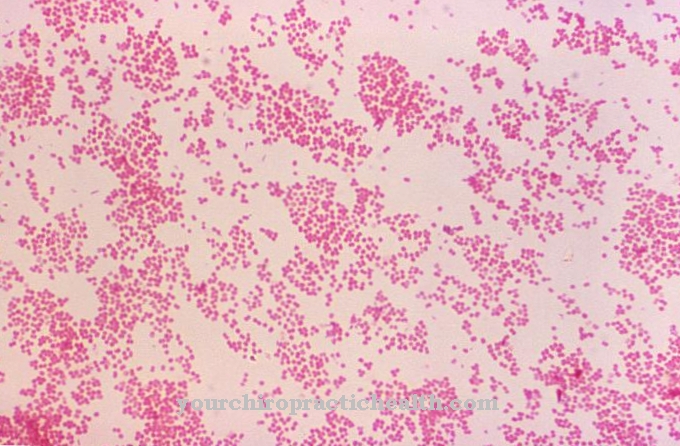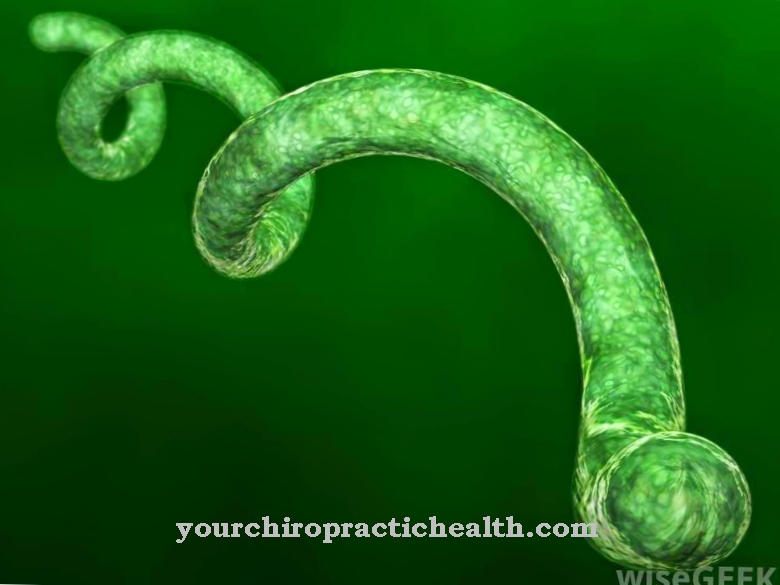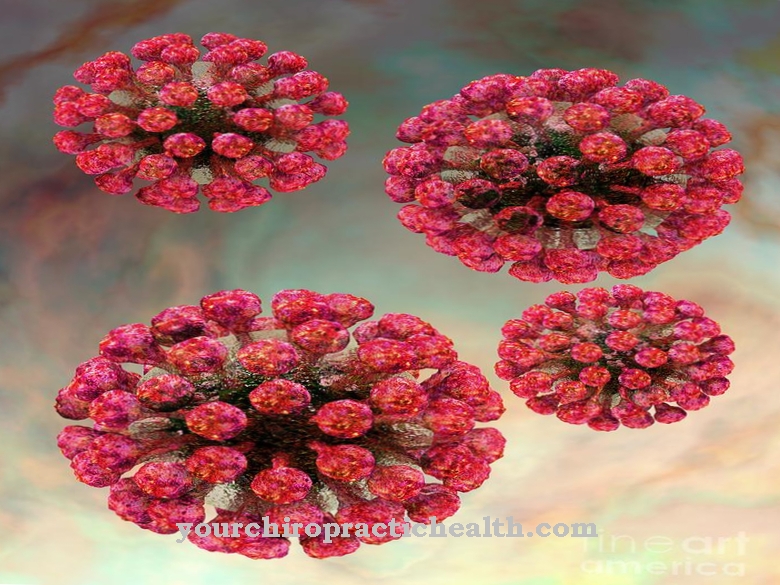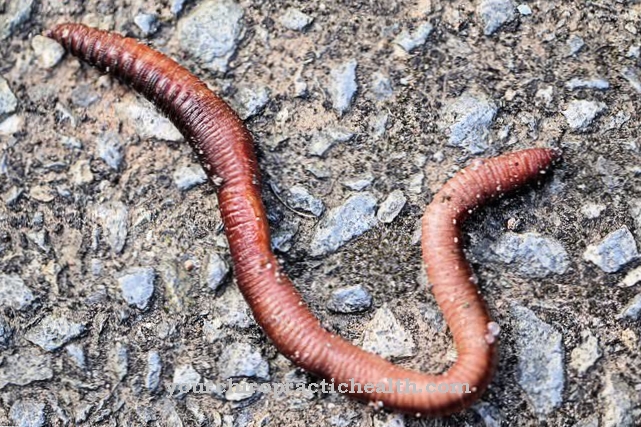Trichomonas intestinalis represents a protozoon, which belongs to the group of trichonomads. As a resident of the small intestine, it feeds as a commensal. Trichomonas intestinalis is believed to be responsible for a form of dysentery.
What is Trichomonas intestinalis?
The importance of Trichomonas intestinalis for health is not yet clearly understood. He is a protozoon and belongs to the group of trichonomads. Trichomonas intestinalis is mainly found in the intestine. There it feeds as a so-called commensal without parasitic properties. In general, Trichomonas intestinalis is considered harmless. He is a roommate who actually has no negative or positive influences on the organism according to current knowledge. However, certain diarrheal diseases are associated with this pathogen. But whether it is the cause or a co-pathogen in these dysenteries cannot be clearly answered to this day.
As a protozoon, Trichomonas intestinalis is one of the unicellular protozoa. It is related to Trichomonas vaginalis, a trichonomic parasite that causes sexually transmitted trichomoniasis. In contrast to Trichomonas vaginalis, however, almost nothing is known about Trichomonas intestinalis. To this day there are even some doubts that he is the actual cause of the dysentery ascribed to him.
Like all trichonomads, Trichomonas intestinalis belong to the flagellates. Flagellates are flagellates. So you have a scourge for locomotion. Trichomonas intestinalis feeds on intestinal bacteria.
Occurrence, Distribution & Properties
When people talk about trichonomads, they usually refer to Trichomonas vaginalis and the trichomoniasis caused by this pathogen. This pathogen lives parasitically and is at home in the vagina, the prostate, under the penile foreskin or the urethra. In men, an infection is symptom-free, while in women, inflammation occurs in the vagina.
Trichomonas intestinalis is a related species.However, its habitat is in the human small intestine. There it usually behaves absolutely inconspicuously, so that it hardly plays a role in the descriptions of trichonomads.
Trichomonas intestinalis was described by Leukart in 1879. It is a four-flagellated flagellate that appears pear-shaped. The pear-shaped cell is 5 to 15 micrometers long and up to 5 micrometers wide. Of the four flagella, three act as front flagella at the thicker end of the flagellate. They arise from a single common basal body. The three forelegs are relatively short. The fourth flagella arises from an adjacent smaller basal body and encompasses the body as an undulated membrane. The shape of the single cell is pointed towards the back. At the front, thicker end is the cell nucleus. It contains 8 chromosomes.
Like every protozoon, Trichomonas intestinalis reproduces asexually by cell division. In the mobile state, cells divide through longitudinal division. In addition to double divisions, triple and multiple divisions were also observed. There are currently no known cysts, i.e. dormant stages, of Trichomonas intestinalis. Resting cysts have been demonstrated for other species of Trichonoma.
Trichomonas intestinalis usually lives in the small intestine. However, it has already been found in the oral cavity and there especially in carious teeth. Sometimes it also gets into the lungs and settles there. Furthermore, some scientists have found that Trichomonas intestinalis can also settle in the stomach if it no longer reacts acidic. So that means that he can survive there with certain stomach diseases.
Meaning & function
The importance of Trichomonas intestinalis for the human body is not sufficiently known. It does not appear to be a parasite. Rather, everything indicates that he leads a commensal way of life. Commensals are living beings that live in a host, but do not harm it. They feed on the host's food residues.
So it is assumed that Trichomonas intestinalis actually has no special meaning for the human organism. Since it can be detected in the stomach of patients with achylia gastrica (lack of gastric acid), it was initially suggested by some authors that Trichomonas intestinalis could possibly act as a marker for gastric cancer. However, there is also a benign achylia gastrica that is not caused by stomach cancer. In this form of the disease, too, Trichomonas intestinalis is found in the stomach. Its importance for the diagnosis of malignant tumors is therefore no longer applicable.
You can find your medication here
➔ Medication for diarrheaIllnesses & ailments
As already mentioned, the importance of Trichomonas intestinalis as a pathogen is also controversial. In connection with diarrheal diseases, larger amounts of this pathogen have been found time and again. At least this means that the Trichomonas intestinalis can also get into the large intestine. Therefore, he was held responsible for diarrhea that resembles dysentery (dysentery or amoebic dysentery). However, doubts arose when Trichomonas intestinalis was also discovered in the stool sample of healthy people who had taken more laxatives. The pathogens may aggravate existing diarrheal diseases as part of a co-infection or other intestinal diseases.
Even this assumption now seems to be questionable, because Trichomonas intestinalis has never been detected in intestinal ulcers. Transmission of the pathogen has not yet been observed either. There are therefore many indications that the pathogen is completely harmless.
On the other hand, it was found that Trichomonas intestinalis is no longer detectable in the stool after the diarrheal disease has healed. That in turn implies a certain importance of the pathogen for intestinal diseases.




























